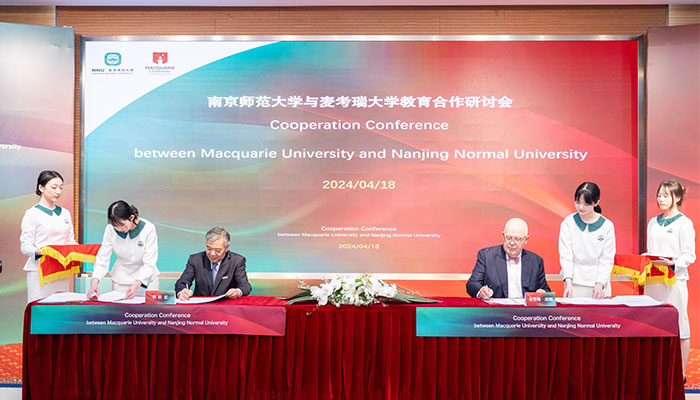Flexible work arrangements such as telecommuting, co-working spaces, virtual teams, freelancing and online talent platforms are transcending the physical location of the office.
Yvette Blount, a senior lecturer from Macquarie University’s Business School, says the growing trend is not without its limitations for managers and their staff.
Blount, who has written extensively on ‘anywhere working’, says flexible work arrangements provide a better work-life balance, reduce commute times, and cut costly overheads for employers while also helping to attract and retain employees.
However, she says critics believe it leads to social and professional isolation, reduces collaboration and innovation, and can eat into valuable down time.
She says physical and temporal boundaries are more fluid than for workers who head into an office.
“Overwork may harm workers, families and ultimately the economy because teleworkers may use technologies in ways that intrude into family life and leisure time,” Blount says.
Consequently, for those people working from a home office, it has been found to increase exhaustion and stress when work and family time overlap.
Blount says the design of any role should include consideration of the job tasks, the level of autonomy, required skills, workload, career progression and performance management, the cultural context and an individual’s characteristics.
‘Anywhere working’ has the potential to accommodate the aging workforce, workers with disabilities and other workers who may not be able to attend an office regularly.
As the population ages and workers work for longer, it is likely that employers will need to accommodate more flexible work options.
The flexibility of using remote and temporary workers introduces management complexity in two ways. The first is how knowledge can be transferred from temporary workers to the organisation. The second is how to develop a corporate culture that keeps workers engaged and productive.
“The management challenge is to be able to exploit cultural differences to gain competitive advantage while managing conflicts and problems,” Blount says, adding this is particularly acute while managing a diverse range of workers located around the world.
The challenge for management is to understand future trends relating to the location of work which is increasingly being disrupted by technology.
While technology has provided the flexibility and freedom to work anywhere by facilitating communication and collaboration with colleagues, managers, and clients, some companies remain unconvinced and have either banned or significantly limited the ability of their employees to work from home.
“Jobs with tasks that interlink with other team members may not be suitable for anywhere working, or at least not all the time,” Blount says.
On the flipside, she says jobs with a high degree of autonomy and the freedom to make decisions about work tends to lead to a higher level of job satisfaction. A high level of job autonomy is associated with enhanced worker well-being, including improved vitality, psychological flexibility and self-realisation.
“There is no doubt that management of ‘anywhere work’ becomes more complex as workers have more flexibility to work in multiple locations,” she says.




